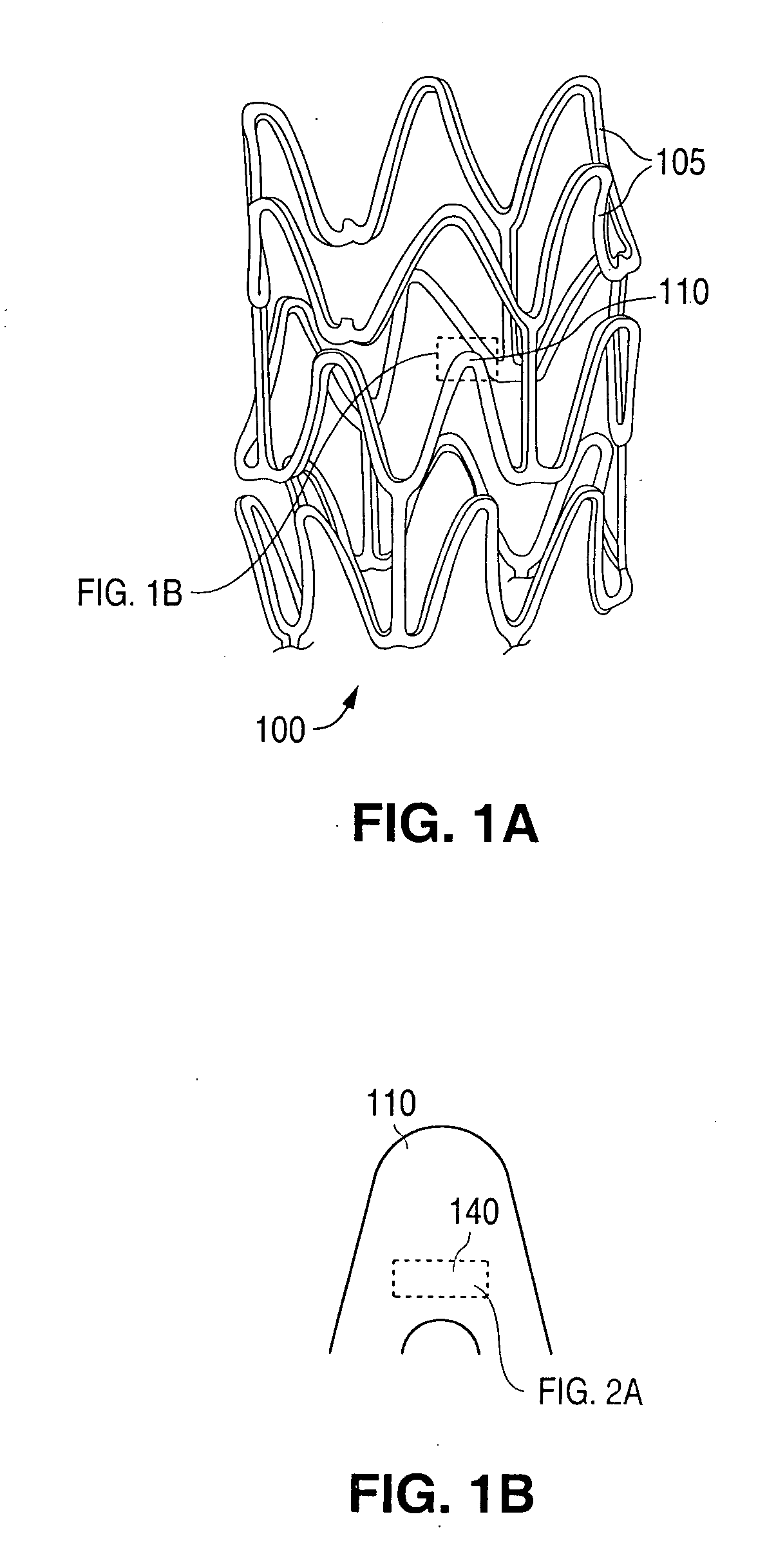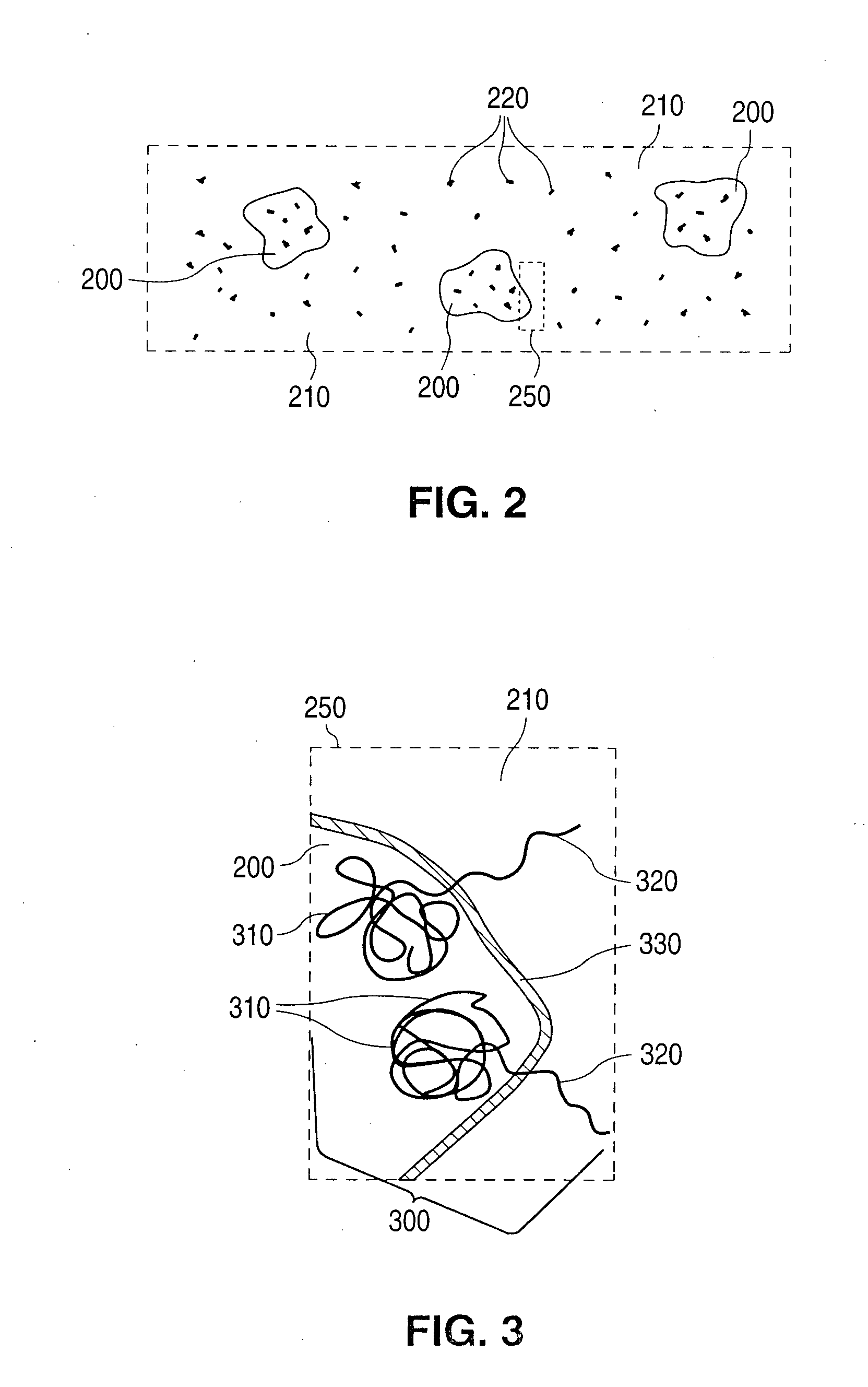Polymer blend-bioceramic composite implantable medical devices
a bioceramic and composite technology, applied in the field of implantable medical devices, can solve the problems of insufficient toughness and slower degradation ra
- Summary
- Abstract
- Description
- Claims
- Application Information
AI Technical Summary
Problems solved by technology
Method used
Image
Examples
examples
[0113]The examples and experimental data set forth below are for illustrative purposes only and are in no way meant to limit the invention. The following examples are given to aid in understanding the invention, but it is to be understood that the invention is not limited to the particular materials or procedures of examples.
[0114]Stents were fabricated from a polymer blend / bioceramic composite. PLLA is the matrix polymer and P(GA-co-CL)-b-PLLA and / or PLLA-b-P(GA-co-CL) is the modifier polymer. Calcium sulfate nanoparticles are the bioceramic nanoparticles. Calcium sulfate nanoparticles, were pretreated by PEG-PPG-PEG surface modifier. PEG refers to polyethylene glycol and PPG refers to polypropylene glycol. The weight ratio of matrix polymer to modifier polymer to bioceramic particles was 100:10:1.
[0115]The composite was fabricated according to methods described herein. The stents were fabricated from tubes made from the composite and the tubes were radially expanded. The expanded ...
PUM
| Property | Measurement | Unit |
|---|---|---|
| Fraction | aaaaa | aaaaa |
| Fraction | aaaaa | aaaaa |
| Fraction | aaaaa | aaaaa |
Abstract
Description
Claims
Application Information
 Login to View More
Login to View More - R&D
- Intellectual Property
- Life Sciences
- Materials
- Tech Scout
- Unparalleled Data Quality
- Higher Quality Content
- 60% Fewer Hallucinations
Browse by: Latest US Patents, China's latest patents, Technical Efficacy Thesaurus, Application Domain, Technology Topic, Popular Technical Reports.
© 2025 PatSnap. All rights reserved.Legal|Privacy policy|Modern Slavery Act Transparency Statement|Sitemap|About US| Contact US: help@patsnap.com



